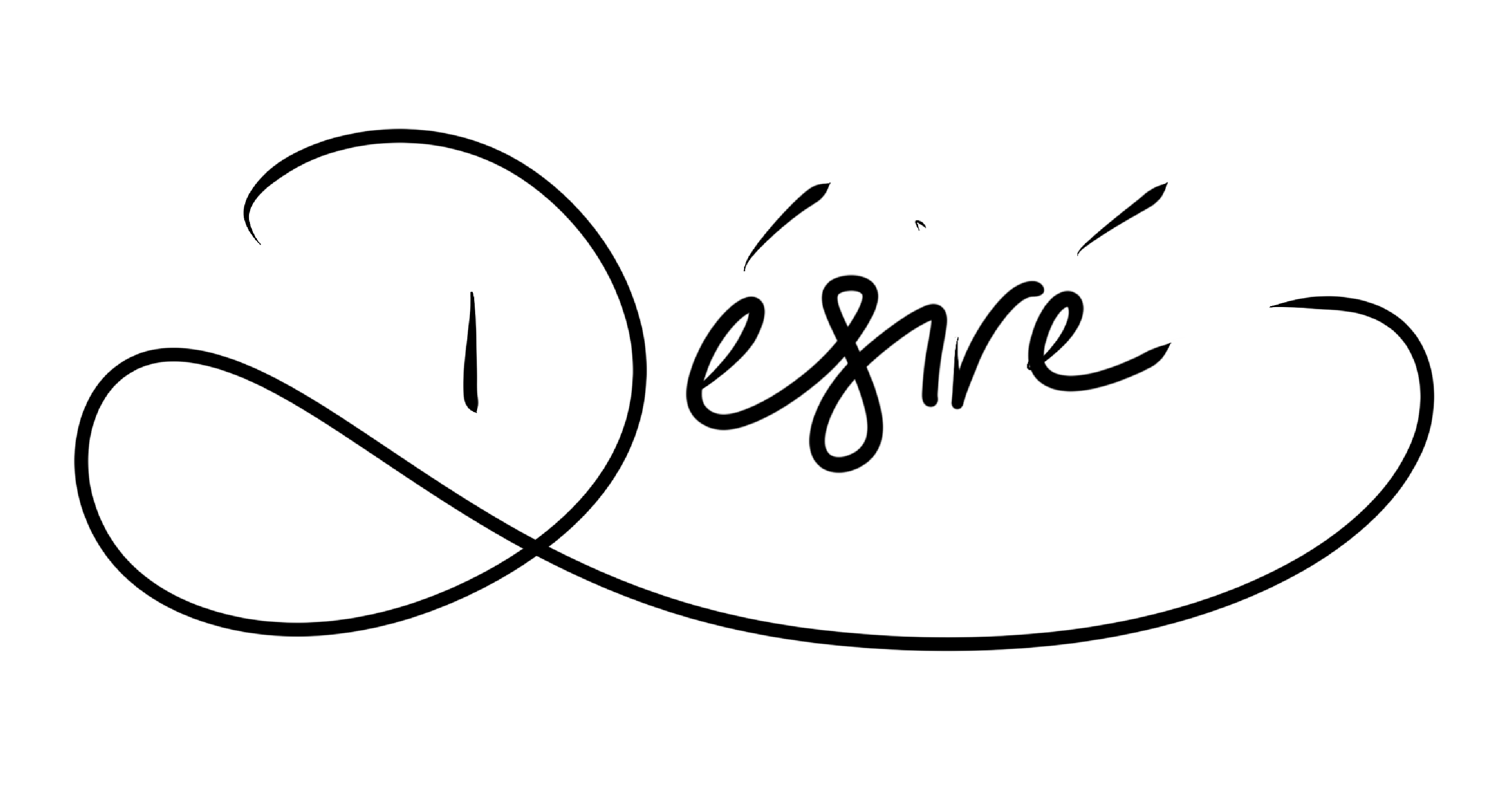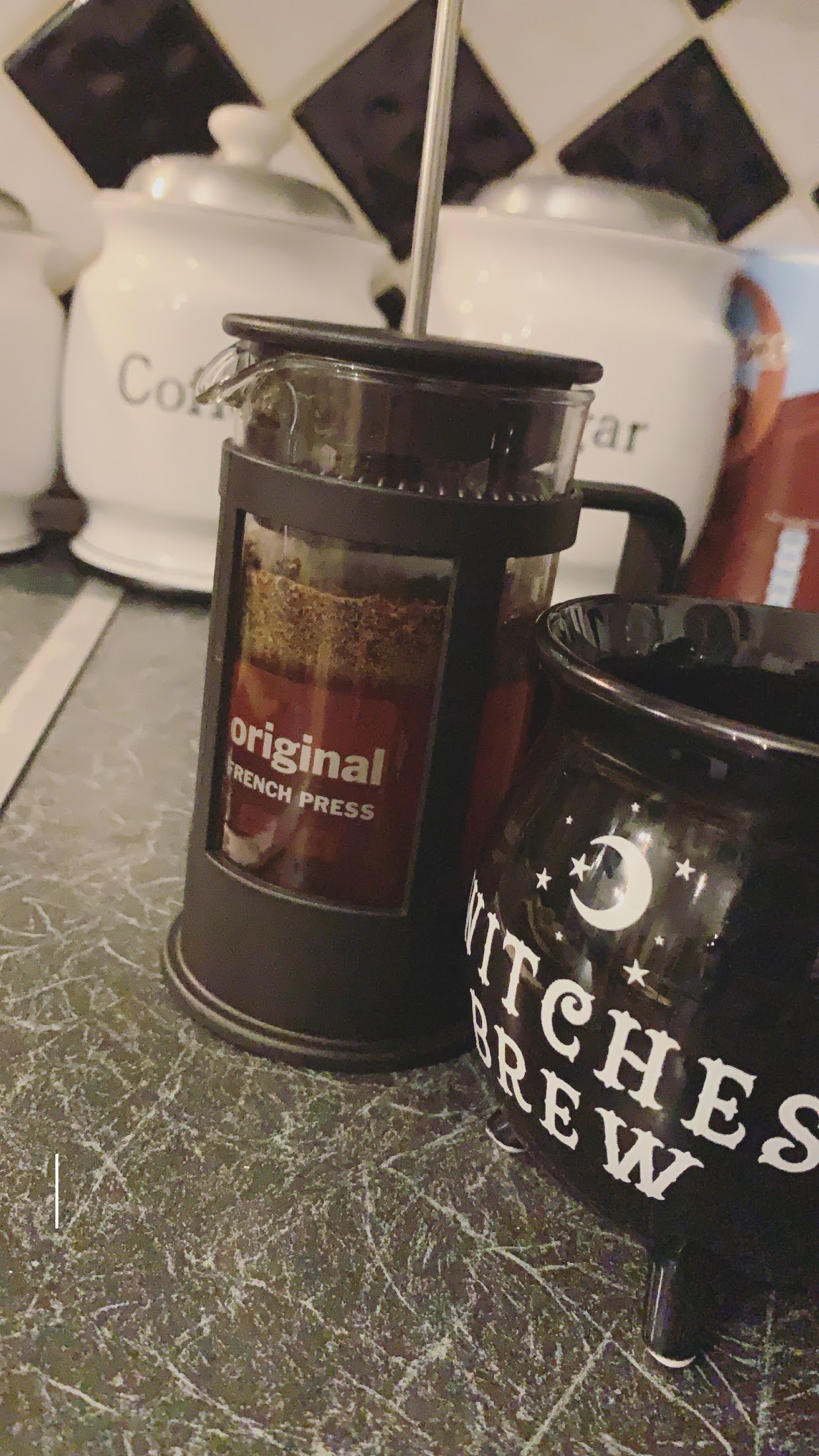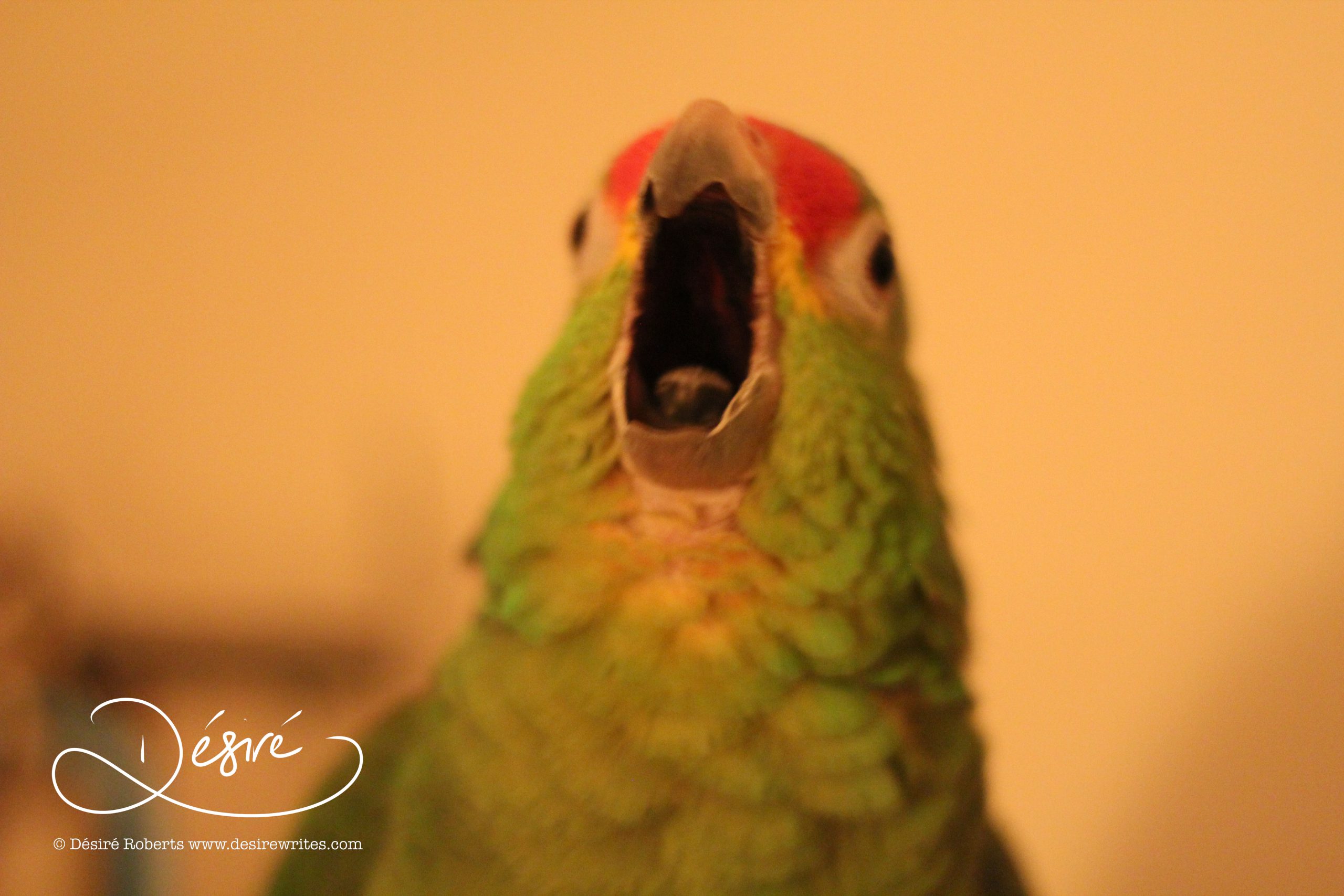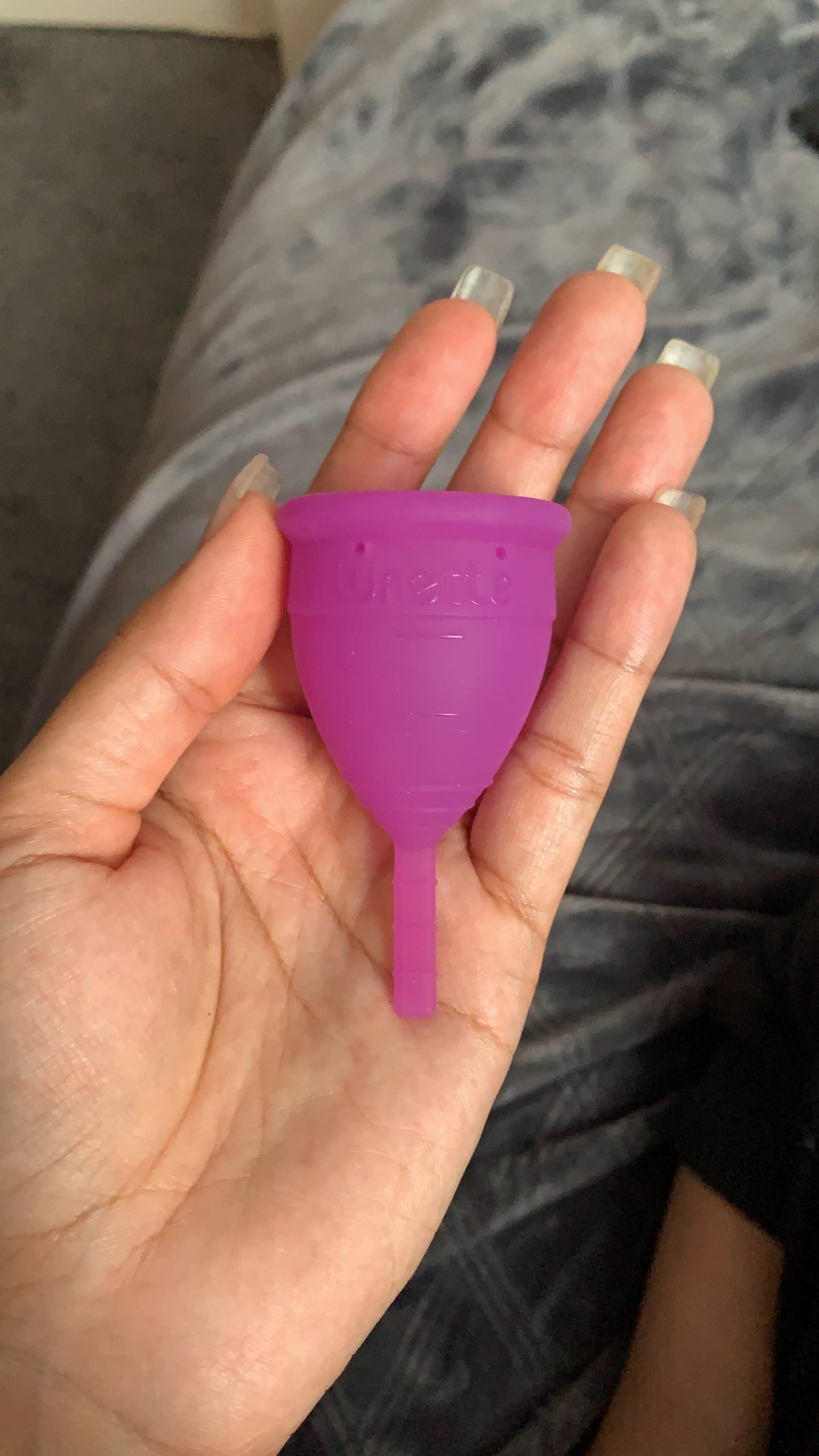I drink a lot of bean juice. There is no such thing as too much coffee for me. A typical day for me would be in the six 8oz/half pint/235ml cup range, with a light day being four cups and a heavier day being eight. Let’s do some simple comparisons for those of us who use different measurement systems:
Light day – four cups – 32oz / 2 pints/ 940ml
Average day – six cups – 48oz / 3 pints / 1410ml
Heavy day – eight cups – 64oz / 4 pints / 1880ml
This information just shows that on most days, I drink my recommended fluid intake with coffee. By now, half of you are looking at this in horror, given that I drink over the recommended amount of coffee on a daily basis. But am I truly consuming too much caffeine?
But there is a lot of conflicting information regarding coffee intake, since on the one hand the heart association says one thing, and then other medical sources talk about how good coffee is for digestion and other important bodily functions. So who really determines how much we should be drinking? And if you’re an avid bean juice drinker like myself, how can you get around it?
I’m only using myself as an example because I’ve not conducted any independent medical studies on the subject. Funding for research has been a bit ‘skint’ since the pandemic. Also I want to point out that every single body is different, and this is based on ancestry, cultural impressions, lifestyle, health status, genetic pre-dispositions, and the list just goes on and on. In short, you and I are very different in terms of what our bodies can tolerate. I’m allergic to milk and (sadly) now very sensitive to chocolate, whereas you can enjoy your cafe au lait or mochaccino with reckless abandon. However, I’ve been having strong brewed coffee since I was about 9 or 10 years old, whereas most people have their first coffee when they are late teens or early adults, so it stands to reason that my tolerance is a lot higher than most.
Now the problem with coffee isn’t the coffee itself, it’s the caffeine. According to MayoClinic, 400mg of caffeine a day is the guesstimated amount for most healthy adults, and they estimate that to be roughly four cups of brewed coffee, ten cans of cola or two “energy shot” drinks; and they remind us that caffeine content varies from drink to drink. I’d like to remind you tea drinkers that a nice cup of PG Tips or Tetley has roughly the same amount of caffeine as coffee, so you can stop shaking your head and tutting at me now. Consuming caffeine in higher doses can cause many issues, such as anxiety, disruptive sleep, high blood pressure and increased heart rate, and it is classified as a Schedule 1 drug alongside amphetamines and cocaine due to its addictive traits. Unfortunately, coffee’s caffeine data isn’t as simple to nail down as soda is, since there are different varieties and roast levels, multiple brewing techniques, and varying amounts of grind used, each producing a different caffeine level.
The most popular type of beans are robusta and arabica, the latter of which has half the caffeine and a more nuanced flavour panel. Many bean blends have a mix of both, but if you’re on the heavy side of coffee consumption like me, 100% arabica is your way to go.
Roasting is a big deal for coffee drinkers as it can make or break a taste palette but it does not always have an impact on caffeine. Dark roasts taste heavy and rich with deep flavours, but there was a study I read ages ago (I will link it if I can find it) that showed lighter roasts containing more caffeine than darker roasts, however, it was marginal and didn’t make a massive difference overall. I chose a medium roast for the sake of my burr grinder, as the darker roasts tend to have more oils and can be trouble in the long run for your grinder.
Brewing plays a large part of how much caffeine is released from the grounds. Immersion methods, like percolation, drip/filter, and French press, do tend to extract more caffeine than cold brewing methods but not as much as boiling, as with Turkish or Greek coffee. The courser grinds favoured by immersion methods have less surface area, thus reducing the caffeine levels extracted. French press brewing uses a rough coarse grind and has less caffeine than drip/filter coffee, while percolated brewing extracts more caffeine from your ground beans. Again, if you’re like me, French Press is the way forward.
We have established that coarsely ground 100% arabica beans French pressed is the way forward. Whether or not you have milk plays a massive role in brew strength. For a cafe au lait, I would always go with a stronger brew initially because the milk will drown the flavour. But for a daily drink, I lighten the strength because I drink it black. Once you go black, there’s no turning back! When you’re drinking uncontaminated coffee, you can really appreciate all of the notes of a nice brew; and yes I strongly believe that adding things to coffee contaminates it.
Now we need to determine how much ground coffee you should be putting in your cafetière as this is a big deal. It’s math time, guys! I have a one-cup kettle that will boil a single cup for you in 30 seconds, so I know when I put the cafetière underneath it, I’m getting one 8oz cup of hot water and I do this twice for a batch, so I have 16oz of boiled water.
The recommended amount of coffee grounds for a 6oz cup of water is 2 tablespoons, which is roughly 1oz. So the recommended ratio is 1:6 (1oz coffee:6oz water), with an 8oz mug of French pressed arabica bean juice clocking in with roughly 107mg of caffeine.
For my cafetière batch, I have 16oz of water, so the recommended amount of ground coffee would be roughly 2.5oz, but I use only 1oz. So my method is 1:16, as opposed to 1:6. I can hear all the coffee aficionados screaming in the background about the sacrilege that has been realised and documented in this article. Drastically reduced, yes, and it does not taste like watered down coffee as the flavours aren’t being diluted with milk.
This is how I’m able to consume such a large amount of coffee without any of the usual side effects or negative impact on my health long term. I still have expresso based drinks when I’m out, which have no adverse effect to my anxiety, heart rate or sleep but I massively reduce volume of caffeine I consume daily, even though I drink a lot.
Let’s work out my caffeine intake. It’s roughly 80mg of caffeine for every 1oz of ground beans, so it’s safe to assume:
Light day – four cups – 32oz / 2 pints/ 940ml – 160mg of caffeine
Average day – six cups – 48oz / 3 pints / 1410ml – 240mg of caffeine
Heavy day – eight cups – 64oz / 4 pints / 1880ml – 320mg of caffeine
Even on a heavy day, I’m still under the daily recommended caffeine limit, just by switching to 100% arabica, French pressed, black with no sugar. In fact for me to hit the limit using my current ratios, I would need to drink 5 pints of coffee. 😎
Now let’s look at what it would be if I were using the recommended ratios:
Light day – four cups – 32oz / 2 pints/ 940ml – 428mg of caffeine 🥺
Average day – six cups – 48oz / 3 pints / 1410ml – 642mg of caffeine 👀
Heavy day – eight cups – 64oz / 4 pints / 1880ml – 856mg of caffeine 🤯
Beyond the point of 850+mg daily, it’s time to skip the caffeine and switch to cocaine… (NO this is not an endorsement and I have actually never tried cocaine so I have no idea if it would work – it’s a joke, remember those things that existed before the Y2K bug? If you’re Gen Z I’m sorry you don’t know what jokes are.)
Now you know my secret to drinking coffee all day long, with an underlying heart condition that requires my BPM to stay under 100. And I’ve made coffee for others with this exact same ratio, and no one has ever said the coffee tasted like shit, which it would if it was watery and gross. It doesn’t hit you in the same way as a Turkish coffee or expresso would, but it still tastes like nice, fresh coffee.
After all these calculations though, I will probably start treating myself to a stronger brew in the morning. And I will also endeavour to clarify how much caffeine I really consume, even though I drink many cups of bean juice. I’m also ready to tell those green tea-ers just how much more caffeine they are drinking in their supposedly guilt free hot beverage of choice compared to my coffee hack… fight me. 😅






